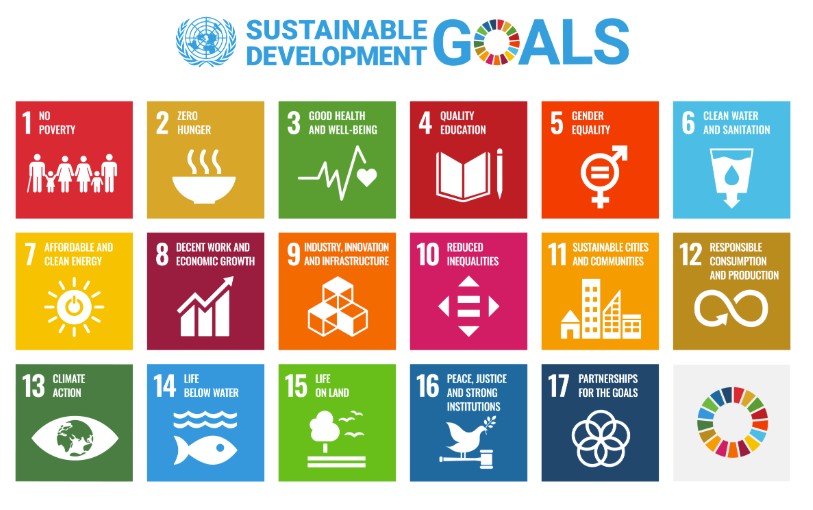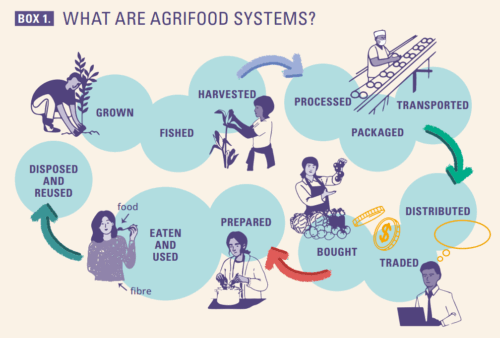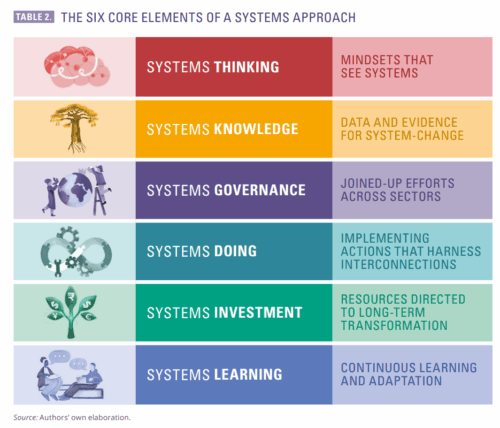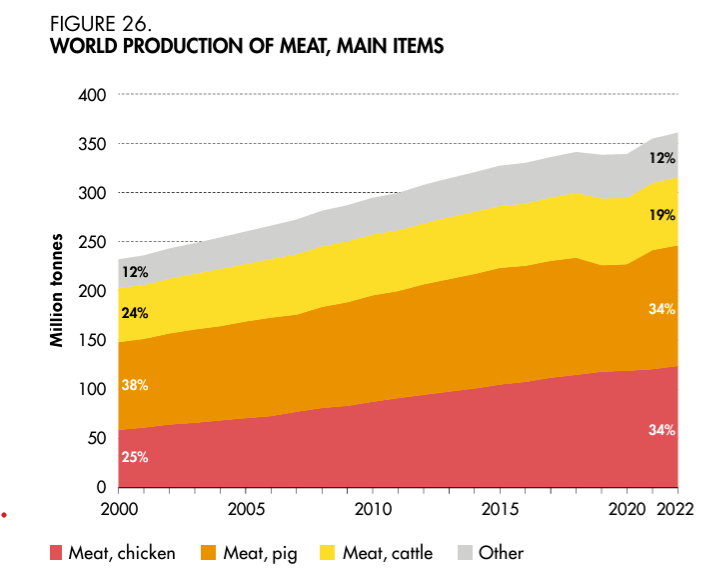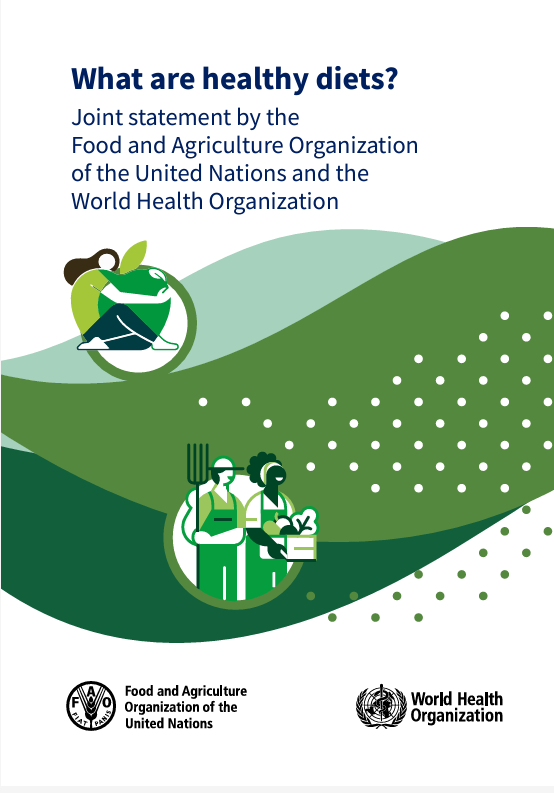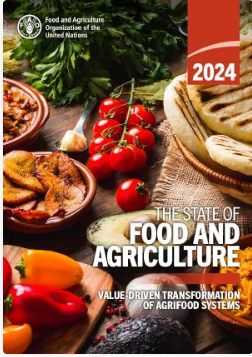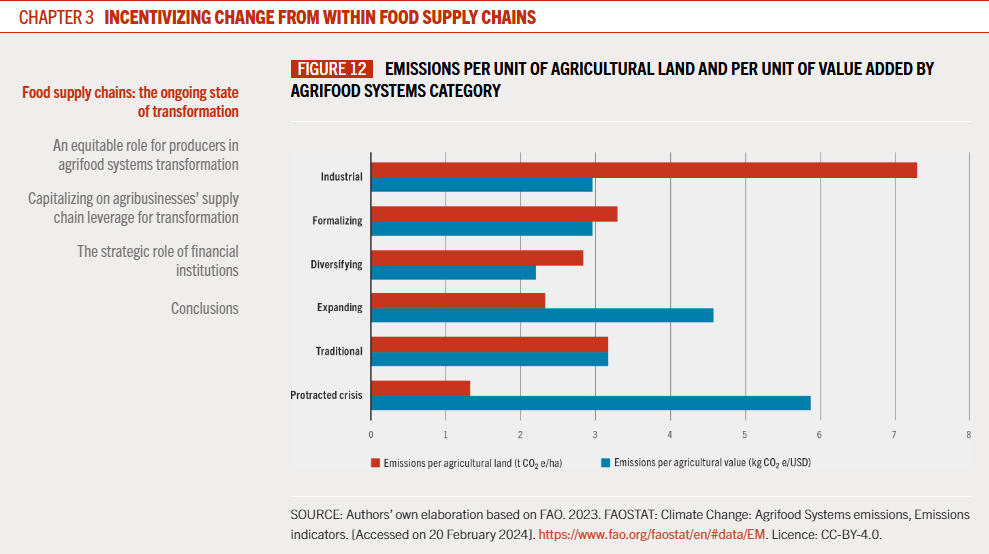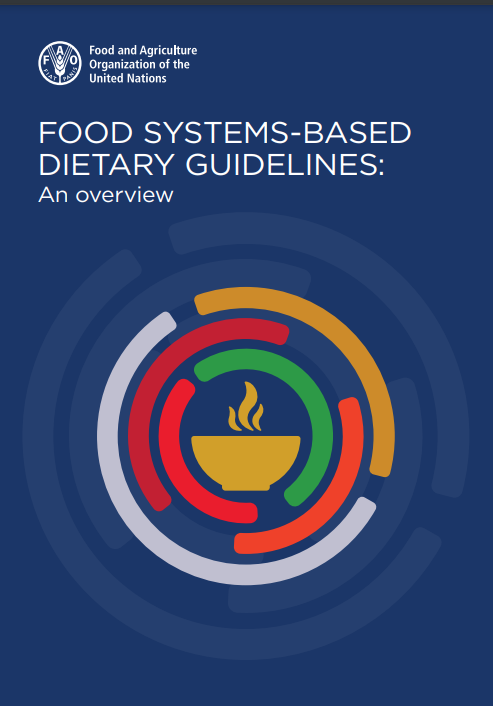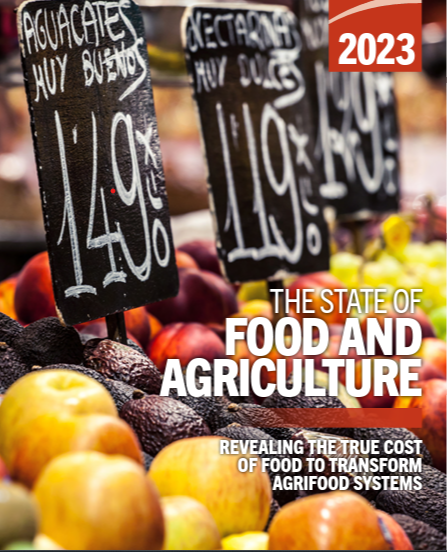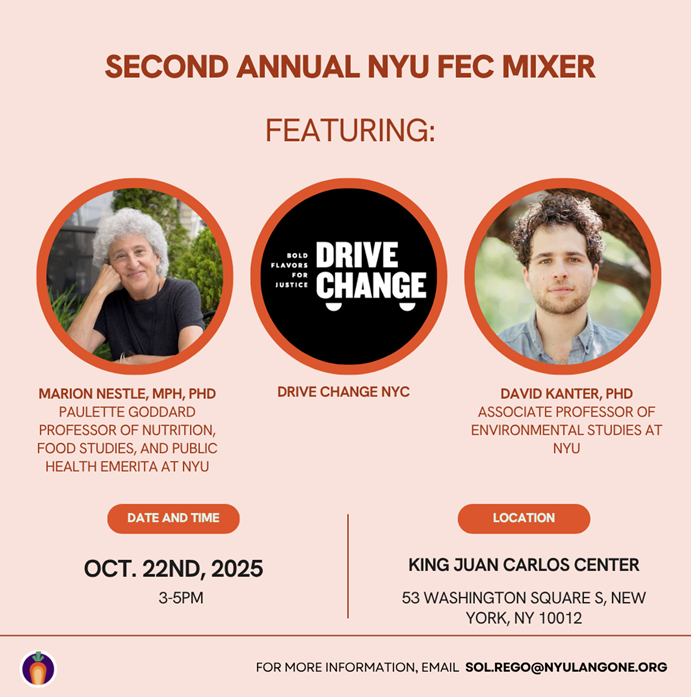Weekend reading: Progress (?) toward the Sustainable Development Goals
The Food and Agriculture Organization (FAO) of the United Nations has published a report measuring progress on achievement of Sustainable Development Goal (SDG) indicators for food and agriculture.
I am particularly interested in SDG #2: Zero Hunger: End hunger, achieve food security and improved nutrition and promote sustainable agriculture.
For example, for Indicator 2.1.1 for Target 2.1 (“By 2030, end hunger….”), the report says:
Updated global estimates point to some progress in decreasing world hunger in recent years. An estimated 8.2 percent of the global population may have faced hunger in 2024, down from 8.5 percent in 2023 and 8.7 percent in 2022. It is estimated that between 638 million and 720 million people faced hunger in 2024.
But the figures are considerably higher than they were in 2017, as shown here.
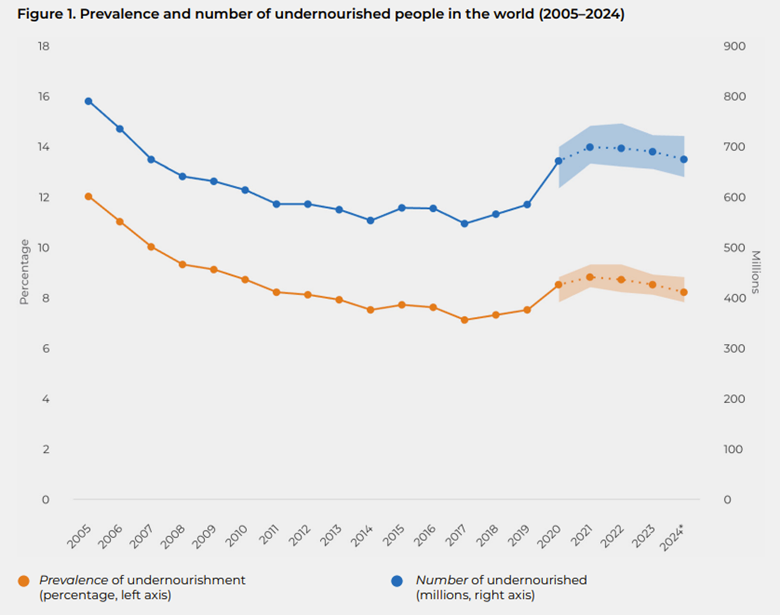
I also want to know what’s happening with chronic, noncommunicable diseases related to obesity. For that, you have to go to the official UN progress report on the SDGs.
Target 3.4 41. Globally, in 2021, it is estimated that 18 million people under the age of 70 died from a noncommunicable disease. This figure represents more than half of deaths among people in this age range. The risk of premature death from any of the four main noncommunicable diseases (cardiovascular diseases, cancer, chronic respiratory diseases and diabetes) has decreased since 2015, but, despite increased awareness, the world is not on track to meet the target for the reduction of noncommunicable diseases by 2030.
Comment: Public health has a lot of work to do. The SDGs were a great idea (with terrific iconography) but the 2030 deadline is fast approaching with attainment of most goals still well out of reach. That is one reason why the destruction of the public health apparatus in the United States is so alarming, and the withdrawal of US support for international public health so deeply disappointing.
